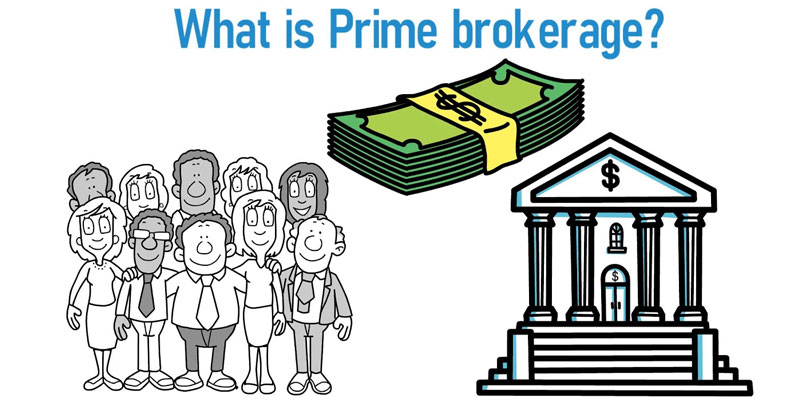529 plan is eligible for income tax relief
Compared with stock or fund investment, the 529 plan enjoys the advantage of tax preference. Investors can choose to put money in a deferred tax account when opening an account. If the account proceeds are used within a limited range of educational expenses, they can be exempt from federal tax when withdrawing. Some states also allow partial state tax relief. Other savings instruments, such as mutual funds, will pay part of their income to annual income tax and will be subject to capital gains tax when withdrawing money.
The state can also provide tax preference
In addition to federal tax deduction, 33 states, including the District of Columbia, now provide residents with all or part of tax cuts or credits of the 529 plan. If the state does not offer benefits to residents, people there can choose another state’s 529 plan.
Account holder can continue to control the account
Compared with escrow accounts or other education savings accounts, designated beneficiaries have no legal rights to dispose of the funds. Beneficiaries of the 529 plan have no access to control the funds even if they will have been adults, which ensures that these education funds are earmarked for use. With a few exceptions, the sponsor can guarantee that the funds will be used for their intended purpose.
Low maintenance
You can join the 529 plan simply by registering, visiting the plan website or contacting a financial advisor. Most 529 plans are linked to autonomous investment bank accounts or payroll deduction plans. The continuous investment management of this account is the responsibility of the external investment company or the national finance office that is hired as the project manager. There is no need for investors to bother to maintain the profitability of the plan.



